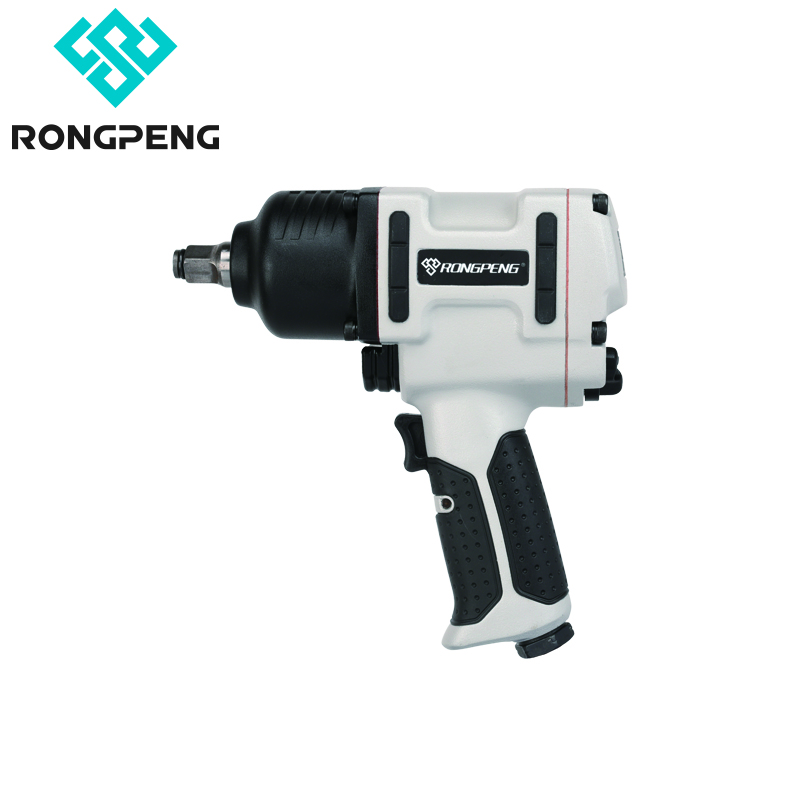

Air Tools and Air Tool Safety
Air tools, otherwise known as pneumatic tools are those powered by compressed gas. At RONGPENG we have a wide selection of professional air tools and kits from air drills and screwdrivers to wrenches and chisels. Whatever your air tool needs, we have the product to suit you. All our products are from leading manufacturers including RONGPENG and AEROPRO.
Air tools are designed to provide increased productivity, long service life, and safe operation. But, as with any type of tool or machine, these advantages can be realized only through proper application, proper maintenance, and user training.

Application
Air tools should be selected by a person who is familiar with air tools and their proper application. Air tool selection must take into account the particular factors in a given job that will affect air tool and operator performance. Some factors to be considered are the workstation design, the operator-tool-task relationship, and the environment in which the user will perform the task. The workstation should be carefully designed so that the workpiece is held securely, so that there is sufficient light and ventilation, and so that means are provided for safely holding or suspending the tool. The workstation should also be arranged for operator convenience and comfort.
Maintenance
Air tools must undergo periodic inspection and routine maintenance to ensure that they are operating properly. Tool maintenance and repairs should be performed by authorized, trained, and competent personnel. Premature failure and poor performance of air tools can often be attributed to the following:
1. water or foreign materials such as rust or pipe scale in the air supply lines
2. inadequate or improper lubrication
3. worn parts
4. incorrect air pressure and air flow.
To manufacture the many products used in today’s world, industry must receive raw materials, process those materials into parts, assemble the parts into a finished product, and package that product for shipment. The nature of the product, its size, the quantity to be manufactured, and the tolerances specified are a few of the many considerations that affect the selection of tooling to perform these operations. This chapter is designed to help identify the advantages of using air tools in their many applications and to familiarize the reader with the diversified types of air tools available today.
AIR TOOLS FOR INDUSTRY
Air tools have gained widespread acceptance in industry because of their many inherent advantages. Air motors provide compact, lightweight, smooth-running power sources for air tools. They cannot be harmed by overloading, unlimited reversals, or continuous stalling. Also, they are explosion and shock resistant. Air motors start and stop almost instantly and provide infinitely variable control of torque and speed within their capacity range. Air and hydraulic motors share the advantages of high torque per pound of weight and safe operation in hazardous environments. Air motors also have certain advantages over hydraulic motors. First, air tools do not require return lines, but rather exhaust into the atmosphere. There is no heat buildup when air motors are stalled for a considerable length of time. In addition, low-pressure lines of 60 to 125 psig (4.1 to 8.6 bar) are less expensive than high-pressure hydraulic lines of 1500 to 3000 psig (103.5 to 207 bar). Leaks in air systems do not present the safety and housekeeping problems associated with hydraulic leaks. Air motors are unique in their ability to operate at any speed within their range for indefinite periods of time. Even continuous stalling has no ill effects on the motor, since there is no heat buildup and no danger of overloading. All these features contribute to the long service life associated with air tools. In addition, simplicity of construction makes the repair of air tools comparatively easy.